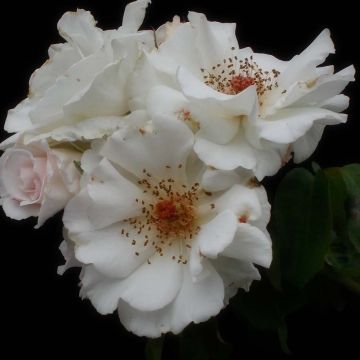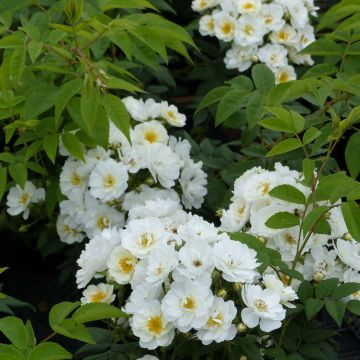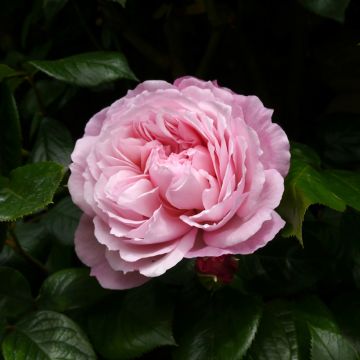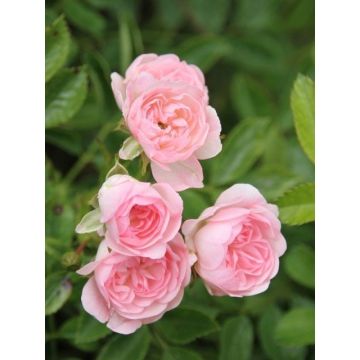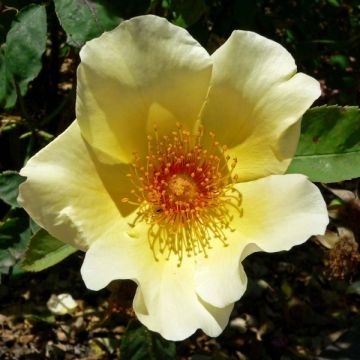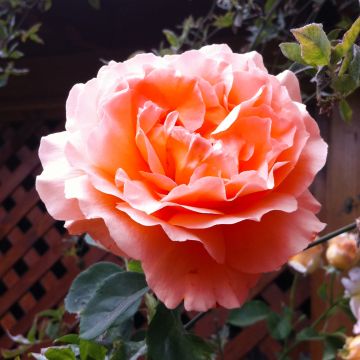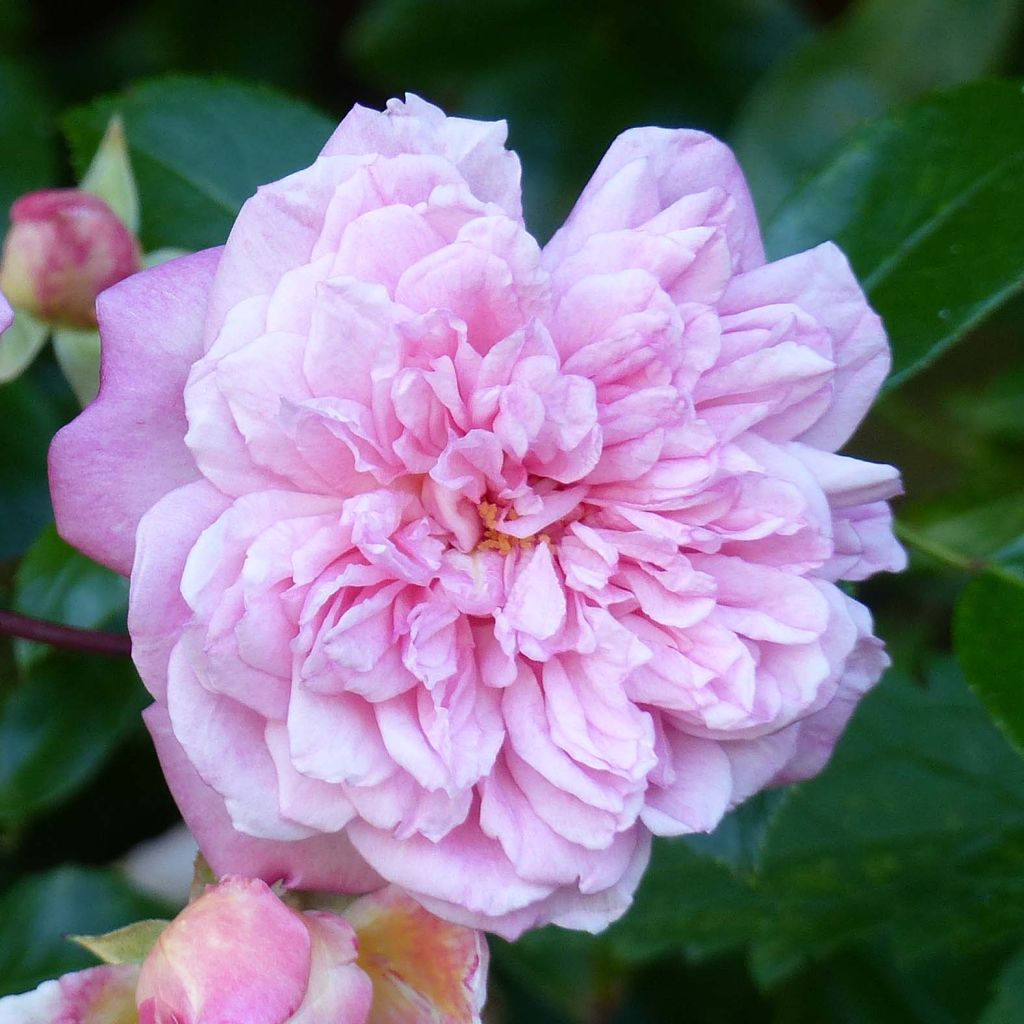

Rosa x wichuraiana 'Paul Transon' - Rambling Rose
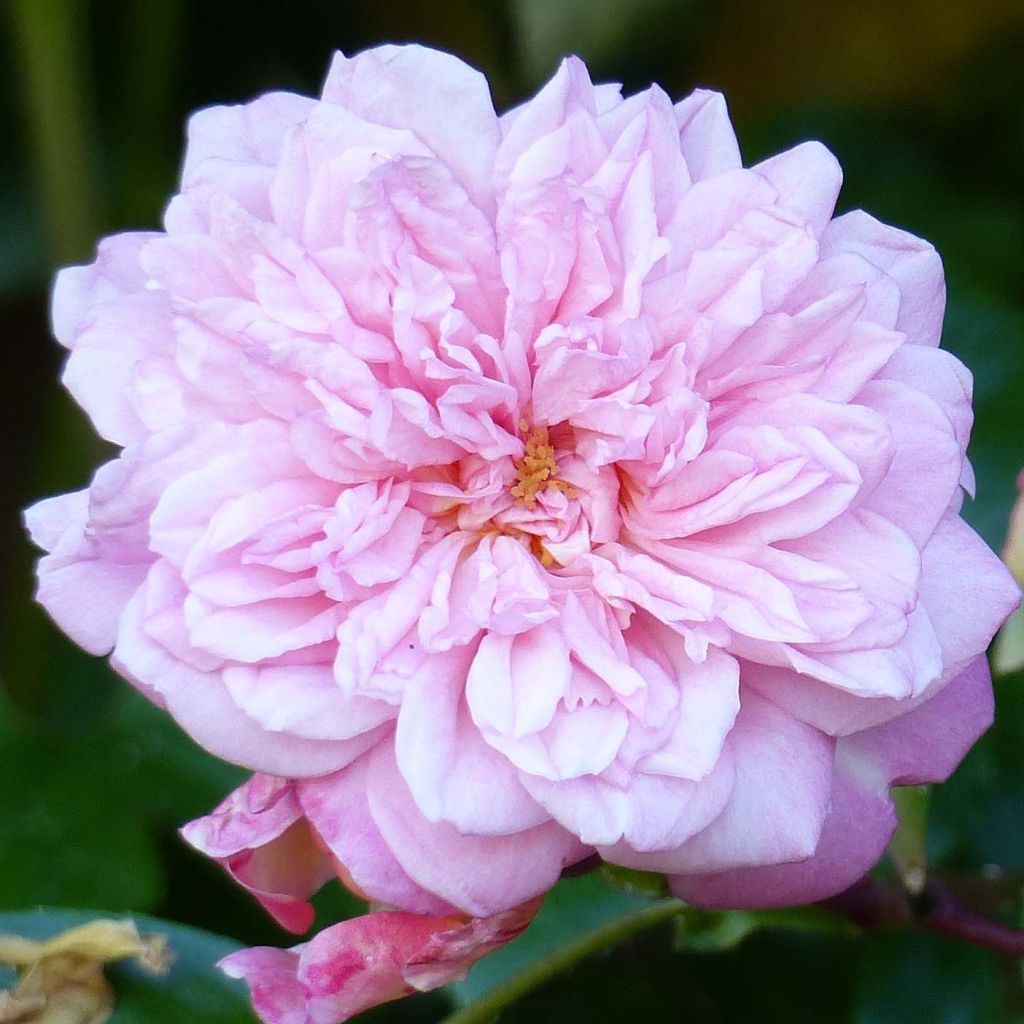

Rosa x wichuraiana 'Paul Transon' - Rambling Rose
Rosa x wichuraiana 'Paul Transon' - Rambling Rose
Rosa x wichuraiana Paul Transon
Climbing Rose 'Paul Transon'
This item cannot be shipped to the selected country
Delivery charge from €5.90
Delivery charge from €5.90
Delivery to Corse prohibited
More information
Schedule delivery date,
and select date in basket
This plant carries a 24 months recovery warranty
More information
We guarantee the quality of our plants for a full growing cycle, and will replace at our expense any plant that fails to recover under normal climatic and planting conditions.
From €5.90 for pickup delivery and €6.90 for home delivery
Express home delivery from €8.90.
From €5.90 for pickup delivery and €6.90 for home delivery
Express home delivery from €8.90.
Delivery to Corse prohibited: UE law prohibits the import of this plant from mainland France to Corse as part of the fight against Xylella fastidiosa. Please accept our sincere apologies.
More information


Does this plant fit my garden?
Set up your Plantfit profile →
Description
The Climbing Rose 'Paul Transon' is an excellent creation by Barbier, dating back to 1900. This vigorous climber is a treasure for partial shade, even in hot climates. Its double roses resemble dahlias and are similar to the 'Paul Noël'; slightly ruffled when fully open, they sport a coral pink colour with coppery reflections and emit a fruity fragrance. Produced profusely in early summer, they sometimes bloom again in September, in small quantities, on mature plants. Not content with being magnificent in flowers, this rose produces beautiful, healthy, shiny foliage.
This exceptional large rose, just like 'Albertine', 'Alberic Barbier', 'Alexandre Girault', 'And François Juranville' to name just a few, is a creation by the French rose breeder Barbier, who extensively worked on hybridisations with Rosa wichuraiana at the beginning of the 20th century. Strictly speaking, 'Paul Transon' is not an old rose since its creation is later than 1867, but it has all the characteristics of one, and as such, it is classified as such. From which the Rosa luciae originates, it forms thickets in coastal regions and seaside cliffs and grows on limestone soils. It has passed some interesting features on to this lovely climber, such as shiny and dark foliage, great vigour, and a usually single but very generous flowering. 'Paul Transon' will efficiently and quickly reach 4m (13ft) in height with a spread of 2m (7ft). Its long, vigorous stems are flexible. At the opening, this 7cm (3in) wide rose presents wider peripheral petals, which spread out like a saucer and enclose the finer and numerous centre petals. Then the corolla opens a little ruffle in superb colour, a coppery-salmon pink softened by paler reflections, which varies depending on the sunlight. The flowering mainly occurs in May or May-June, sometimes repeating lightly at the end of summer on plants several years old. The roses do not lose their petals when fading, and it is preferable to remove them for aesthetic reasons.
'Paul Transon' is particularly interesting, bringing a bit of lushness and colour to shaded areas of the garden. Sturdy, undemanding, and frugal, it will thrive in all areas with a few care measures at planting. It can be perfectly trained as a large bush. When trained, it will adorn a gate, a fence, or a small pergola. Planted behind a slightly strict flowerbed, it will bring a touch of lightness. The Trio 'Alberic Barbier', 'Albertine', and 'Paul Transon', intertwined in a harmony of colours and fragrances, is a pure marvel in June.
Report an error about the product description
Rosa x wichuraiana 'Paul Transon' - Rambling Rose in pictures
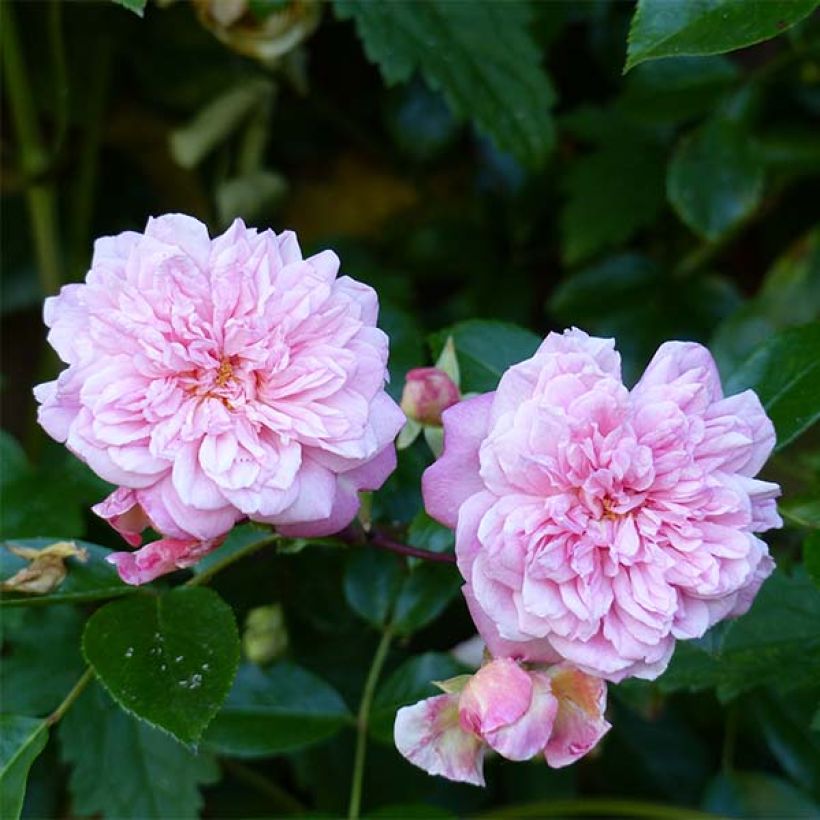

Plant habit
Flowering
Foliage
Botanical data
Rosa
x wichuraiana
Paul Transon
Rosaceae
Climbing Rose 'Paul Transon'
Cultivar or hybrid
Rosa canina Laxa (4L/5L pot, Wrapped bare root)
Other Roses A to Z
Planting and care
The rose 'Paul Transon' adapts to any soil, even heavy or sandy, as long as the planting is well taken care of, with no lack of water at the start or food. Plant it in well-prepared and drained ordinary soil and in a sunny, partially shaded, or even shaded area in a hot climate. Plant it in autumn, never when it freezes.
If you plant a climbing rose next to a living tree, the rose's root system will compete with that of the already well-established tree. Here's a tip to control watering: plant the rose in a large container with a perforated bottom at the tree's base. The tree's roots will not penetrate the container for at least a year. Remove the container after 1 year, for example, by cutting one side without disturbing the rose's root system. The rose will have had time to develop its root system deeply and will be more resistant. Quite hardy, this rose withstands -20°C (-4°F).
Roses are often stained or unsightly at the end of summer, but it is not a problem for their development. These spots are not harmful to the rose but are natural.
Planting period
Intended location
Care
-
, onOrder confirmed
Reply from on Promesse de fleurs
Haven't found what you were looking for?
Hardiness is the lowest winter temperature a plant can endure without suffering serious damage or even dying. However, hardiness is affected by location (a sheltered area, such as a patio), protection (winter cover) and soil type (hardiness is improved by well-drained soil).

Photo Sharing Terms & Conditions
In order to encourage gardeners to interact and share their experiences, Promesse de fleurs offers various media enabling content to be uploaded onto its Site - in particular via the ‘Photo sharing’ module.
The User agrees to refrain from:
- Posting any content that is illegal, prejudicial, insulting, racist, inciteful to hatred, revisionist, contrary to public decency, that infringes on privacy or on the privacy rights of third parties, in particular the publicity rights of persons and goods, intellectual property rights, or the right to privacy.
- Submitting content on behalf of a third party;
- Impersonate the identity of a third party and/or publish any personal information about a third party;
In general, the User undertakes to refrain from any unethical behaviour.
All Content (in particular text, comments, files, images, photos, videos, creative works, etc.), which may be subject to property or intellectual property rights, image or other private rights, shall remain the property of the User, subject to the limited rights granted by the terms of the licence granted by Promesse de fleurs as stated below. Users are at liberty to publish or not to publish such Content on the Site, notably via the ‘Photo Sharing’ facility, and accept that this Content shall be made public and freely accessible, notably on the Internet.
Users further acknowledge, undertake to have ,and guarantee that they hold all necessary rights and permissions to publish such material on the Site, in particular with regard to the legislation in force pertaining to any privacy, property, intellectual property, image, or contractual rights, or rights of any other nature. By publishing such Content on the Site, Users acknowledge accepting full liability as publishers of the Content within the meaning of the law, and grant Promesse de fleurs, free of charge, an inclusive, worldwide licence for the said Content for the entire duration of its publication, including all reproduction, representation, up/downloading, displaying, performing, transmission, and storage rights.
Users also grant permission for their name to be linked to the Content and accept that this link may not always be made available.
By engaging in posting material, Users consent to their Content becoming automatically accessible on the Internet, in particular on other sites and/or blogs and/or web pages of the Promesse de fleurs site, including in particular social pages and the Promesse de fleurs catalogue.
Users may secure the removal of entrusted content free of charge by issuing a simple request via our contact form.
The flowering period indicated on our website applies to countries and regions located in USDA zone 8 (France, the United Kingdom, Ireland, the Netherlands, etc.)
It will vary according to where you live:
- In zones 9 to 10 (Italy, Spain, Greece, etc.), flowering will occur about 2 to 4 weeks earlier.
- In zones 6 to 7 (Germany, Poland, Slovenia, and lower mountainous regions), flowering will be delayed by 2 to 3 weeks.
- In zone 5 (Central Europe, Scandinavia), blooming will be delayed by 3 to 5 weeks.
In temperate climates, pruning of spring-flowering shrubs (forsythia, spireas, etc.) should be done just after flowering.
Pruning of summer-flowering shrubs (Indian Lilac, Perovskia, etc.) can be done in winter or spring.
In cold regions as well as with frost-sensitive plants, avoid pruning too early when severe frosts may still occur.
The planting period indicated on our website applies to countries and regions located in USDA zone 8 (France, United Kingdom, Ireland, Netherlands).
It will vary according to where you live:
- In Mediterranean zones (Marseille, Madrid, Milan, etc.), autumn and winter are the best planting periods.
- In continental zones (Strasbourg, Munich, Vienna, etc.), delay planting by 2 to 3 weeks in spring and bring it forward by 2 to 4 weeks in autumn.
- In mountainous regions (the Alps, Pyrenees, Carpathians, etc.), it is best to plant in late spring (May-June) or late summer (August-September).
The harvesting period indicated on our website applies to countries and regions in USDA zone 8 (France, England, Ireland, the Netherlands).
In colder areas (Scandinavia, Poland, Austria...) fruit and vegetable harvests are likely to be delayed by 3-4 weeks.
In warmer areas (Italy, Spain, Greece, etc.), harvesting will probably take place earlier, depending on weather conditions.
The sowing periods indicated on our website apply to countries and regions within USDA Zone 8 (France, UK, Ireland, Netherlands).
In colder areas (Scandinavia, Poland, Austria...), delay any outdoor sowing by 3-4 weeks, or sow under glass.
In warmer climes (Italy, Spain, Greece, etc.), bring outdoor sowing forward by a few weeks.




































